
HOMEPAGE – OUR BLOG
Cancer—a word that evokes concern, uncertainty, and often fear. But knowledge is a powerful tool. Understanding what cancer is, how it affects us, and how to detect it early can empower us to take charge of our health. This guide is designed to shed light on cancer in simple terms and encourage proactive, informed healthcare decisions.
Cancer isn’t a single disease but a group of conditions where abnormal cells grow uncontrollably and may spread to other parts of the body. It can develop virtually anywhere—from the lungs to the colon, breasts, or blood—and interferes with the normal functioning of organs.
Some cancers grow slowly, while others are aggressive. They may stay localized or spread (metastasize) through the bloodstream or lymphatic system. Early detection is key to better outcomes.
There are over 100 types of cancer. Some of the most frequently diagnosed include:
Breast Cancer: The most common cancer among women, though men can get it too.
Lung Cancer: Often linked to smoking; one of the deadliest cancers globally.
Colorectal Cancer: Affects the colon or rectum; preventable with screening.
Prostate Cancer: Occurs in men and is commonly detected through screening.
Skin Cancer: Includes melanoma; often linked to UV exposure.
Leukaemia & Lymphoma: Cancers of the blood and lymphatic system.
Cervical & Ovarian Cancers: Affect only women, with cervical cancer often tied to HPV.
Pancreatic Cancer: Difficult to detect early, often diagnosed at an advanced stage.
Cancer can affect anyone, but several risk factors can influence its development:
Age: Risk increases as we get older.
Genetics: Family history and inherited gene mutations like BRCA.
Sex: Some cancers are gender-specific, like prostate and ovarian cancer.
Smoking: The leading cause of preventable cancer deaths.
Diet: High intake of processed foods, red meat, and low fruits/vegetables.
Inactivity & Obesity: A sedentary lifestyle can raise cancer risk.
Alcohol Consumption: Increases the risk for several types of cancer.
Infections: Viruses like HPV, H. pylori, and hepatitis B/C can trigger cancer.
Environmental Exposures: Pollution, UV radiation, asbestos, etc.
Symptoms vary by type but some common red flags include:
Unexplained weight loss
Persistent fatigue
Lumps or swellings
Skin changes
Unusual bleeding
Changes in bowel or bladder habits
⚠️ Important: These symptoms don’t always mean cancer. Many are caused by non-cancerous conditions, but it’s crucial to seek medical advice if they persist.
Smoking and exposure to secondhand smoke
Excessive sun exposure without protection
Unhealthy eating patterns
Lack of exercise
Excess alcohol
Poor oral hygiene or trauma from sharp teeth
Unsafe sex and poor sanitation leading to infections
The good news? Many cancer risks are avoidable. Here’s what you can do:
Quit Smoking: And avoid secondhand smoke.
Eat Healthy: Focus on fruits, vegetables, whole grains, and lean proteins.
Stay Active: Aim for at least 30 minutes of exercise most days.
Limit Alcohol: Drink in moderation or not at all.
Protect Your Skin: Use sunscreen and avoid tanning beds.
Get Vaccinated: HPV and Hepatitis B vaccines can reduce risk.
Practice Safe Sex: Reduce the risk of virus-related cancers.
Regular Screenings: Follow age-appropriate screening recommendations.
Maintain Clean Surroundings: To avoid infection-related cancers.
Early detection can save lives. Some cancers have well-established screening methods:
Breast Cancer: Mammography
Cervical Cancer: Pap smear and HPV testing
Colorectal Cancer: FIT/FOBT and colonoscopy
Prostate Cancer: PSA test
Lung Cancer: Low-dose CT scan (for high-risk individuals)
Ovarian Cancer: Ultrasound and CA-125 blood test
Stomach Cancer: Upper GI endoscopy in high-risk individuals
Speak to your doctor about which screenings are right for you based on age, gender, family history, and risk factors.
Not all cancers are inherited, but about 5–10% are. Breast, ovarian, uterine, and colon cancers often run in families. If multiple relatives have had cancer, consider genetic counseling to understand your risk and explore preventive measures.
Cancer is complex, but not unbeatable. Early diagnosis and lifestyle changes can dramatically improve outcomes. Stay informed, take preventative steps, and don’t hesitate to seek medical help when something doesn’t feel right. Your health is your wealth—invest in it with knowledge, awareness, and action.

we are committed to providing innovative healthcare solutions with a patient-centered approach. Our mission is to deliver high-quality, compassionate care that empowers individuals on their journey to health. Trust, expertise, and a focus on well-being guide everything we do.
Copyright © 2024 Dr.Abdulla K P. All Rights Reserved.